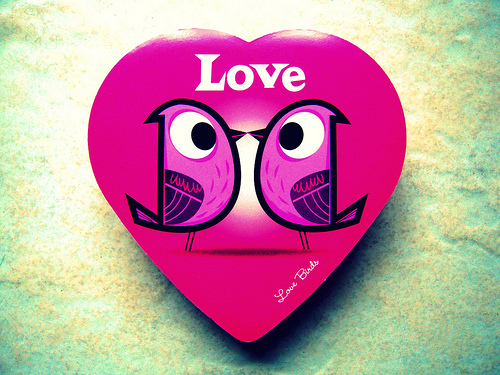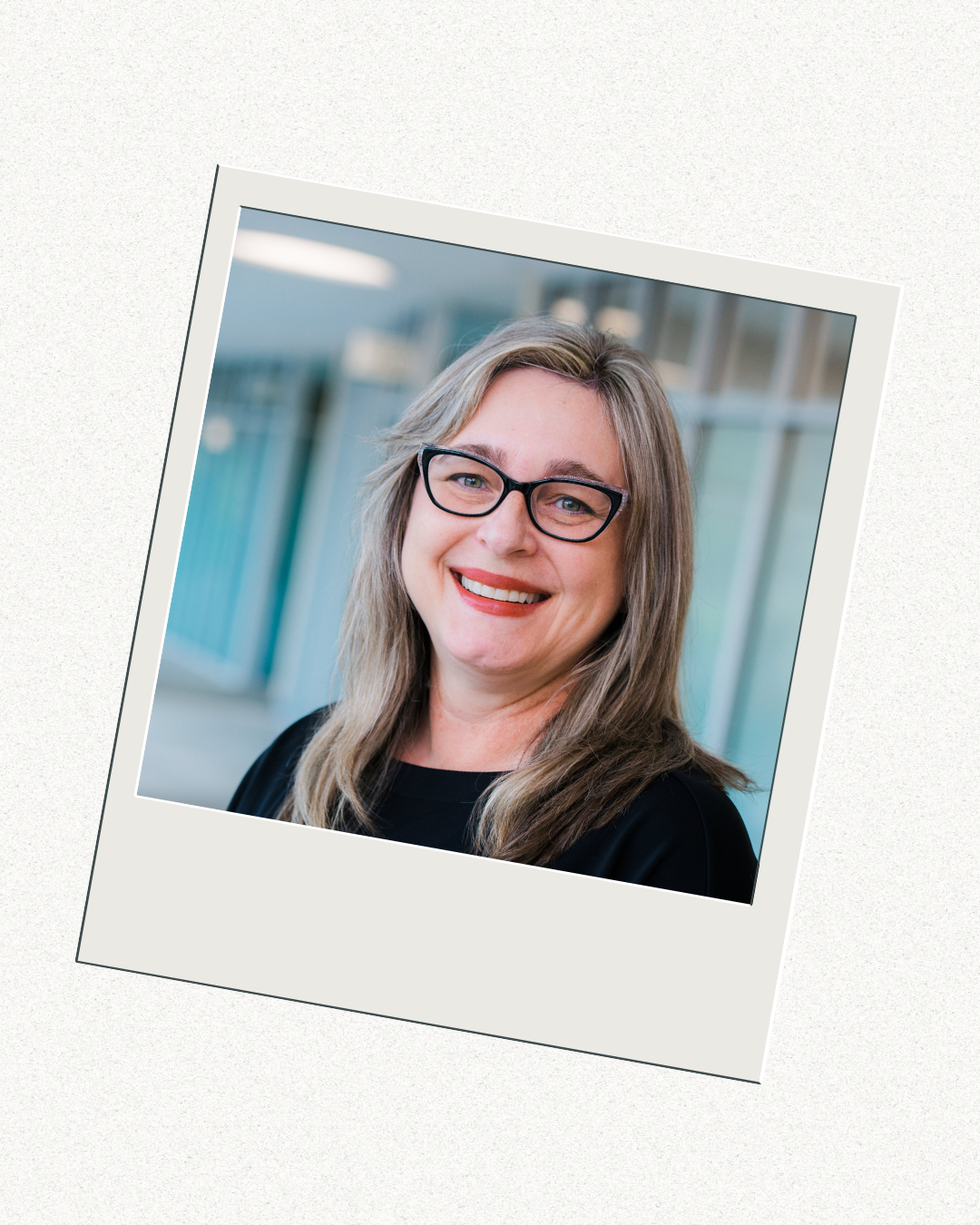How I learned to stop worrying and love Twitter, Part 1
This post was originally written for Curation Culture, a blog by my friend and colleague, Andrew Battista.
 I signed up for a Twitter account long before I actually tweeted. In fact my first tweet was September 8, 2011, a full year after I set up the account. While I was using Twitter to follow other people and organizations, I never posted a tweet because I couldn’t figure out how I could say anything in 140 characters, and thought who would read it anyway. Since that time, I have logged in 416 tweets, have 200 followers and follow over 500 different individuals and groups. While not this is not biggest leap into the world of social media, my use of Twitter has grown and developed over time, and it has become, for me, an important tool for networking, information sharing and professional development.
I signed up for a Twitter account long before I actually tweeted. In fact my first tweet was September 8, 2011, a full year after I set up the account. While I was using Twitter to follow other people and organizations, I never posted a tweet because I couldn’t figure out how I could say anything in 140 characters, and thought who would read it anyway. Since that time, I have logged in 416 tweets, have 200 followers and follow over 500 different individuals and groups. While not this is not biggest leap into the world of social media, my use of Twitter has grown and developed over time, and it has become, for me, an important tool for networking, information sharing and professional development.
How did I make this small leap into the world of microblogging? Two things…first, I read David Carr’s article Why Twitter will Endure. Carr makes a good (and balanced) argument that Twitter is a tool for keeping up with current affairs. He writes… “I’ve come to understand that the real value of the service is listening to a wired collective voice.” And then I went to meeting at Carmichael Library and heard Andrew Battista say for the first time something about something about Twitter in the classroom as a way to help students curate resource lists and promote learning via social media and other things. I had been looking for a way to connect and engage with my students in course content while introducing them to social media as a professional, not social, tool, and I had finally stumbled on it. So with help from Andrew, I decided to start using Twitter as an experiment in one of my classes, and I knew I had to do the assignment along with the students.
The first part of the assignment asked to students to create their own free Twitter account, and then follow the tweets (a message posted via Twitter containing 140 characters or fewer) of at least 40 different people or organizations (also known as Twitter users) related to specific social problem such as homelessness, drug abuse or child neglect. By following a list of Twitter users around a similar topic, students would gain an awareness of conversations happening in the public and professional sphere on their selected topic. The second part of the assignment asked to assess the various types of Twitter user’s and their feeds and determine why or why not they want to “follow” a given account on their public list. I gave the students simple criteria to make their assessment such as who was the Twitter user, who was the intended audience, how did they find this feed and why did you decide to add or not to add the feed to their public list.
I selected food insecurity as my topic for my public list. I started by searching Twitter for individuals and organizations that I already knew were connected with hunger and food insecurity issues…the UN World Food Program, Feeding America, and Michael Pollan. I found it hard to search in Twitter sometime so also went to straight to agency’s website such as the Food Action and Research Center and looked for the Twitter logo on their website, which would link me to their Twitter feed. I also did a few Google searches and located several new individuals such as the Renegade Lunch Lady.
Another way I found Twitter users to follow was to review another user’s following list. Besides a public list, every Twitter user has a list of people they follow (Following) and a list of people who follow them (Followers). For example, I reviewed who the UN World Food Program was following (over 31,000 different users) and discovered a lot of international organizations and food advocates. I wanted a more national and local feel to my public list so looked who Feeding America was following (over 33,000 users), and began following several individuals and groups from their list. Using these two methods, I had list with over 100 different users in a matter of hours. Then, I reviewed my list for about a week, and then began to “Unfollow” some users for a variety of reasons. Some did not post interesting or relevant information, some were too international in their focus, and some posted too much information and cluttered up my list. I eliminated several users until my list was about 80 users. Over the semester, I added a few other Twitter users to my food insecurity list based on recommendations from students, and now I add to the list when I find a new individual or organization through my research or discovery process. I have created several other public lists based on other topics such as social work groups and professionals in Alabama and public health social work. I also follow other people’s public lists.
One of the great things about a Twitter list is that it sorts all the tweets you receive on a specific topic. You can then review only those tweets rather than search through all of tweets posted by the people or groups you follow. I found my own list to be a valuable resource while I was co-teaching the Summer Harvest Course with Jill Wicknick this past summer. My part of the course focused on introducing students to the problem of hunger and food insecurity in Alabama and the US. While reviewing my own list on food insecurity I was able to easily locate the latest data on food insecurity in the US for a lecture, and stayed informed on the food stamp debate among politicians in Washington DC related to the Farm Bill.
How to cite this post:
Hitchcock, L. I. (2013, October 30). How I learned to stop worrying and love Twitter, Part 1 [Blog Post]. Retrieved from https://laureliversonhitchcock.org/2013/10/30/how-i-learned-to-stop-worrying-and-love-twitter-part-1/.


